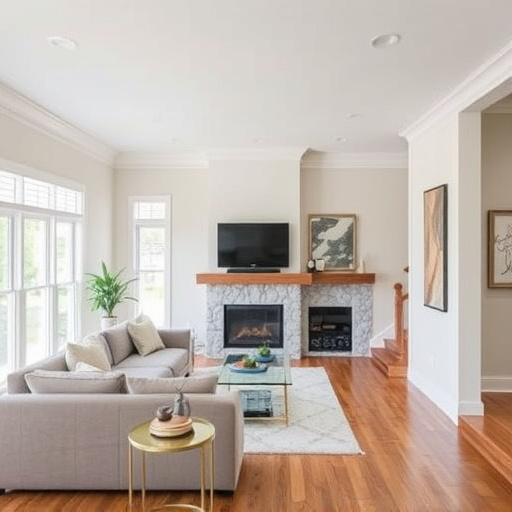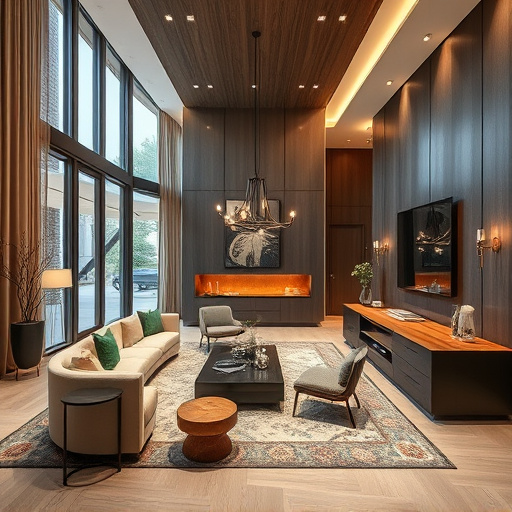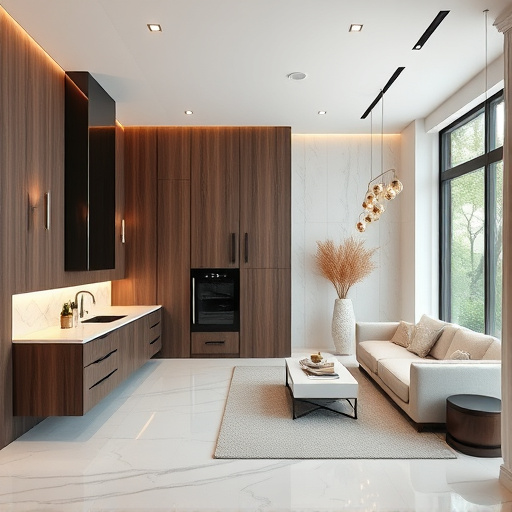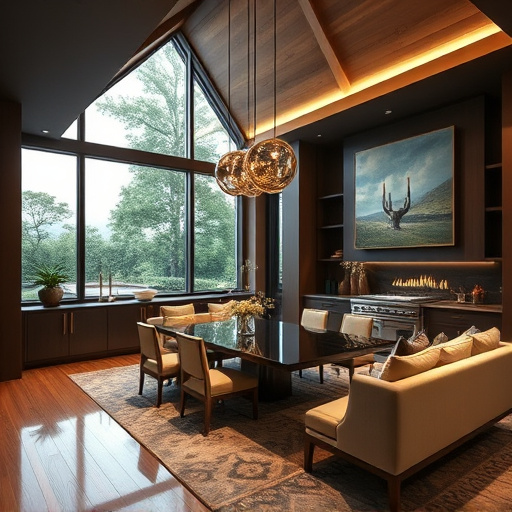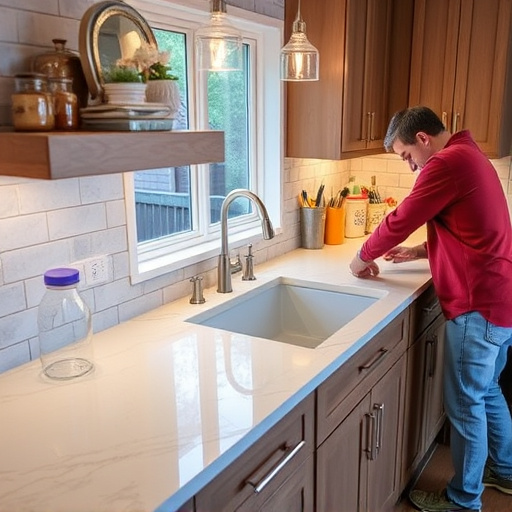Successful commercial design relies on understanding target audiences and their specific needs. Through demographic analysis, customer behavior study, market research, and user insights, designers create tailored spaces that enhance aesthetics, foster engagement, and drive business success. Neglecting this crucial step can result in impersonal designs that repel customers, hindering growth. Market trends, industry reports, and client-centric approaches ensure designs cater to diverse clients, from startups to law firms or family restaurants.
In the realm of commercial design, planning is key to success. However, even the most seasoned professionals can fall victim to common pitfalls that hinder their projects. This article guides you through crucial aspects of commercial design planning, focusing on three essential areas: understanding your target audience, achieving functional and aesthetic balance, and navigating regulatory and accessibility requirements. By avoiding these mistakes, you’ll ensure your commercial design projects stand out as successful symphonies of form and function, adhering to both legal considerations and user needs.
- Understanding Your Target Audience
- – The impact of audience insight on design choices
- – Methods for conducting thorough market research
Understanding Your Target Audience

In the realm of commercial design planning, one of the most significant mistakes businesses make is neglecting to thoroughly understand their target audience. Commercial design isn’t a one-size-fits-all endeavor; it requires a deep dive into who your customers are, what they want, and how they interact with your space. This involves demographic analysis, understanding customer behavior, and aligning the design with the brand’s identity and values. For instance, designing a retail space for a tech startup will differ significantly from creating an office environment for a law firm or a family-oriented restaurant.
Grasping your audience is crucial for making informed decisions about aspects like floor replacements, exterior painting, or even home transformations within a commercial setting. It influences the color palette, furniture choices, and overall aesthetics to create a welcoming and engaging atmosphere that resonates with your clients. Failing to consider these elements can result in spaces that feel impersonal or off-putting to customers, hindering business growth and success.
– The impact of audience insight on design choices

Understanding your target audience is a cornerstone of successful commercial design planning. Ignoring customer needs and preferences can lead to designs that miss the mark, resulting in lower engagement, increased costs, and ultimately, unsuccessful projects. Incorporating audience insight empowers designers to create spaces that are not only aesthetically pleasing but also functional, comfortable, and appealing to the intended user base.
Whether you’re planning a renovation service focusing on kitchen renovations or considering floor replacements, tapping into customer insights is vital. This might involve extensive market research, user surveys, or even observing potential clients in similar commercial settings. By gaining a deeper understanding of their behaviors, preferences, and pain points, designers can tailor their creations to meet specific needs, creating an environment that fosters productivity, enhances brand perception, and drives business success.
– Methods for conducting thorough market research
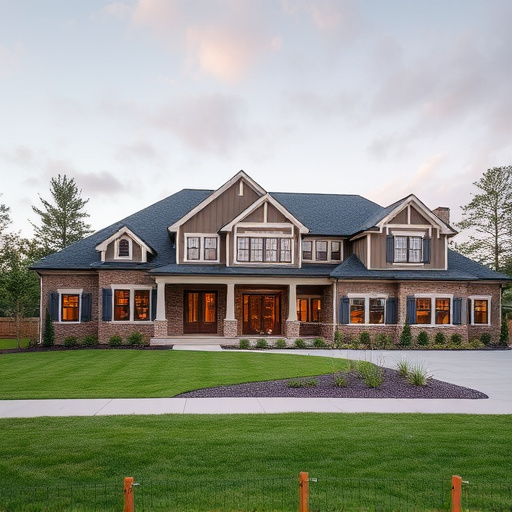
Market research is a cornerstone of successful commercial design planning. To conduct effective research, start by identifying your target audience and their specific needs within the commercial space. Utilise both primary and secondary data sources to gain comprehensive insights. Primary methods include surveys, interviews, and focus groups with potential clients, enabling direct engagement and tailored understanding. For instance, enquiring about their preferences in terms of aesthetics, functionality, and budget can provide valuable direction for your design approach.
Secondary research involves delving into existing market trends, industry reports, and case studies of successful whole house remodels or floor replacements. This offers a broader perspective on what works well in commercial design and renovation services. By combining these research methods, you can make informed decisions that cater to the market’s demands while offering unique and appealing solutions for your clients’ properties.
When planning commercial design, avoiding common mistakes is key to creating a successful and engaging space. By understanding your target audience through comprehensive market research, you can make informed decisions that resonate with your demographic. Remember, in commercial design, insights into customer behavior and preferences are invaluable, guiding principles for crafting an environment that not only attracts but also retains clients.


